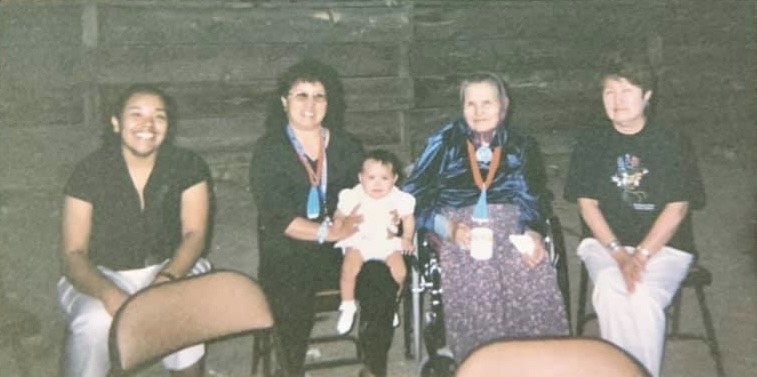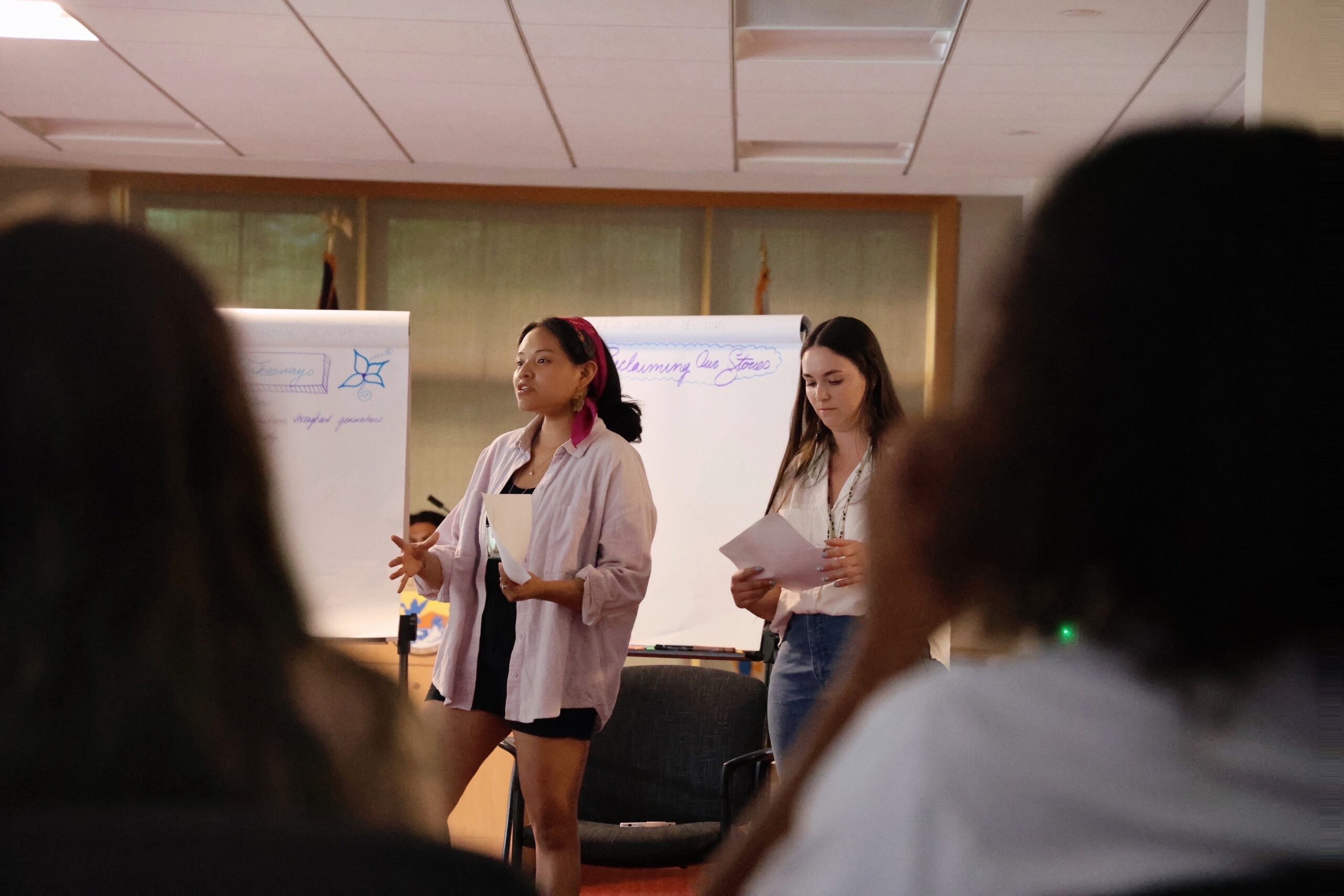“We are what we imagine. Our very existence consists in our imagination of ourselves. Our best destiny is to imagine, at least, completely, who and what, and that we are. The greatest tragedy that can befall us is to go unimagined.”- N. Scott Momaday
Indigenous peoples comprise about 6% of the world’s population, yet steward over 80% of the Earth’s biodiversity (Amnesty International). For the past four years working in climate education and policy, this statistic is something I quickly became accustomed to hearing and repeating. It describes the vast responsibility Indigenous communities take on to protect the planet yet does not consider the systemic struggles we endure in order to do so. In the US, Indigenous peoples represent 2-3% of the population yet can only make decisions for about 4% of the land (US Department of Interior). Even then, these decisions are made through hard-fought legislative battles debating jurisdiction, federal trust responsibility, and whether climate change is real or actually affecting our people. Simply put, it is not easy to protect the environment when stewardship is denied in more ways than one which only further makes developing climate solutions difficult. With my generation and older generations before me facing these challenges, how are Indigenous youth supposed to lead their community when it feels like there is no hope for them?
Imagining a future where we all have access to clean water, can grow gardens in our homelands, or fish in the rivers is like a faraway dream for us Indigenous peoples. Yet, dreaming of a better future is necessary to maintain hope. If a better future can be imagined, then a better future for all can also be built. Such ways of imagining have been referred to as ‘Indigenous Futurisms’, a concept coined by Dr. Grace Dillon (Anishinaabe). Although this concept is primarily applied to media, mindsets like ‘Indigenous Futurisms’ can equip Indigenous peoples, particularly youth, to be true storytellers of climate resilience. It opens the possibility of a ‘yes’ in a world full of ‘no’ while allowing youth to create, lead, and apply solutions to better the planet. When there is enough support and action behind it, imagination is no longer an idea. However, imagining a future requires guidance of the past-beyond temporal markers-to utilize generational cultural knowledge that has always remained hopeful for our communities.
During my time as a Fresh Tracks Trainer at the Native Youth Climate Adaptation Leadership Congress (NYCALC), I saw firsthand how the power of imagination guided by community knowledge intersects to build hope for youth leadership. For an entire week, 80+ Indigenous and Native youth were asked to imagine how they could use the knowledge of their ancestors, elders, and family to build climate resilience. This question prompted me to think of the lessons taught to me by my mother, her mother, and her mother’s mother–generations of knowledge that inform my view of the world. I was reminded of the long car rides with my grandmother who would say and translate the name of each town we passed by in our native language. These translations were place-names that integrated existing natural elements in a space to name a place.

Over time, the names made less sense and lost connection as some natural elements became scarce, often a result of environmental neglect or climate change. Even though the landscape was changing, being taught these place-names informed me what plants came before to imagine what is possible to grow on my homelands. These were the sorts of challenges youth at NYCALC faced but to a much greater extent working in large groups composed of differing Indigenous identities, experiences, and connections to the environment. Instead of utilizing the knowledge of one ancestor, wisdom from various ancestors across Turtle Island was used to imagine collective futures, a task even the most experienced climate policymaker cannot do. Youth spent the entire week discussing various environmental issues in their communities. Their response resulted in digital projects that bridged and embraced cultural knowledge to community solutions that protect Mother Earth.
Hope is not simply wishing good things might happen. It is pertinent to ensure that youth also feel they are equipped with the right tools to lead conversation and action on climate adaptation. This is the responsibility that we take on as Fresh Track Trainers. We gathered months before NYCALC to prepare leadership development workshops centering on storytelling, healing, and reclamation. With individual backgrounds ranging from filmmakers to climate justice activists, these workshops shared real-world experiences youth can draw from to explore climate solutions, and we learned about approaches and solutions from the youth as well. This reciprocal passing of knowledge occurred inside and outside student working sessions, eventually culminating in the last day of NYCALC, Culture Night.
The most meaningful lesson NYCALC taught me is that the imagination of sustainable futures cannot be done in isolation. It is garnered through community knowledge of the past and present. Culture Night was a sight I could never forget, the most special part being Indigenous youth continuing the traditions of their ancestors. For nearly five hours, trainers, mentors, and students shared a stage embracing cultural dances, songs, and lessons of their community with audiences nationwide. Youth had turned the stage into a space of education and resilience teaching about how their maintenance of tradition ties to Indigenous-led conservation. Together, hand in hand, spiritually and physically, we danced in prayer, filled with hope that our futures would reflect the unity and spirit of that night.
